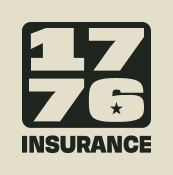Firearms 101: Know All About Function, History, and Types
The world of firearms is a complex one. They have a long history, with their origins beginning in 10th century China. They have evolved since then, and today there is a wide variety of different firearms and guns available, with different types of actions available. Here we’ll discuss a brief history of these weapons, as well as the most common types of firearms that are available today.
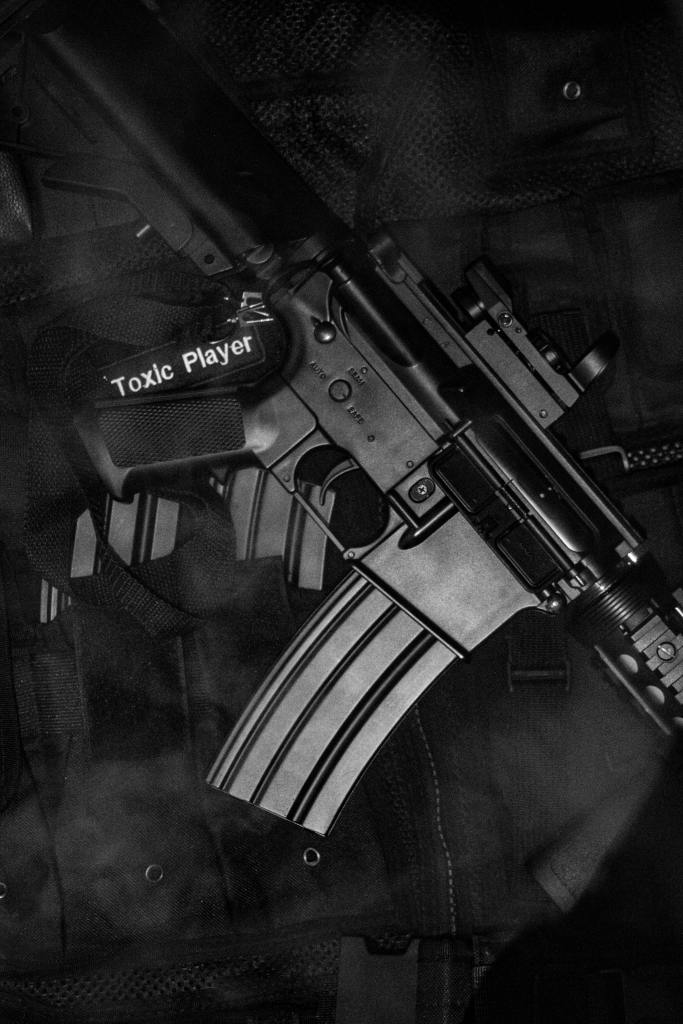
What is the Function of Firearms?
A firearm is defined as “a mechanical device that launches a projectile at high velocity through a tube as the result of expanding gases from a burning propellant.” [1] Firearms are intended for self-protection, and while they have changed a lot through the years, they still have the same basic parts perform the same function of shooting a bullet through a barrel.
A Brief History of Firearms
Firearms got their start in China during the 10th century. Bamboo tubes containing gunpowder and pellets were mounted on spears to make fire lances. By the 13th century, these bamboo tubes were replaced with metal. This evolved and spread throughout Eurasia in the 14th century. In the 19th and 20th centuries, this evolution sped up and turned into the firearms we know today.
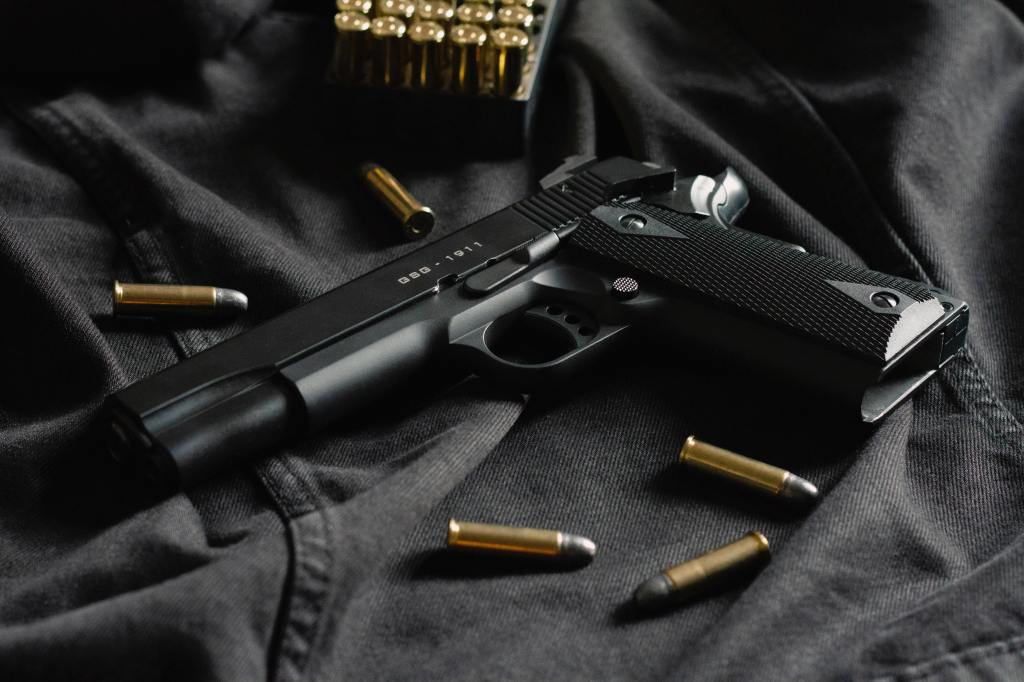
Firearms Classified by Type
Firearms come in many variations, each with a different design and purpose. Here are some of the most common types of firearms.
Rifles: A rifle is a firearm designed to be held with two hands and placed on the shoulder for additional support. A rifle only fires one projectile at a time through pulling the trigger.
Shotguns: A shotgun is a two-handed firearm intended to be supported on the shoulder. A single shot fires multiple projectiles when triggered. A shotgun cannot have a barrel shorter than 18 inches. Shotguns are nothing like machine guns (for a machine gun, one trigger movement fires multiple projectiles in a row).
Handguns: Handguns are designed to be fired from a single hand, although it is recommended to use both hands for stability. Pistols and revolvers are two major types of handgun.
Pistols: Pistols are a type of handgun with a chamber integrated as part of the barrel. The ammunition is inserted into the chamber from a separate magazine.
Revolvers: A revolver is a type of handgun where the chamber is not permanently integrated with the barrel. Cartridges are stored in special chambers that are bored into a revolving cylinder and rotated to align with the barrel.
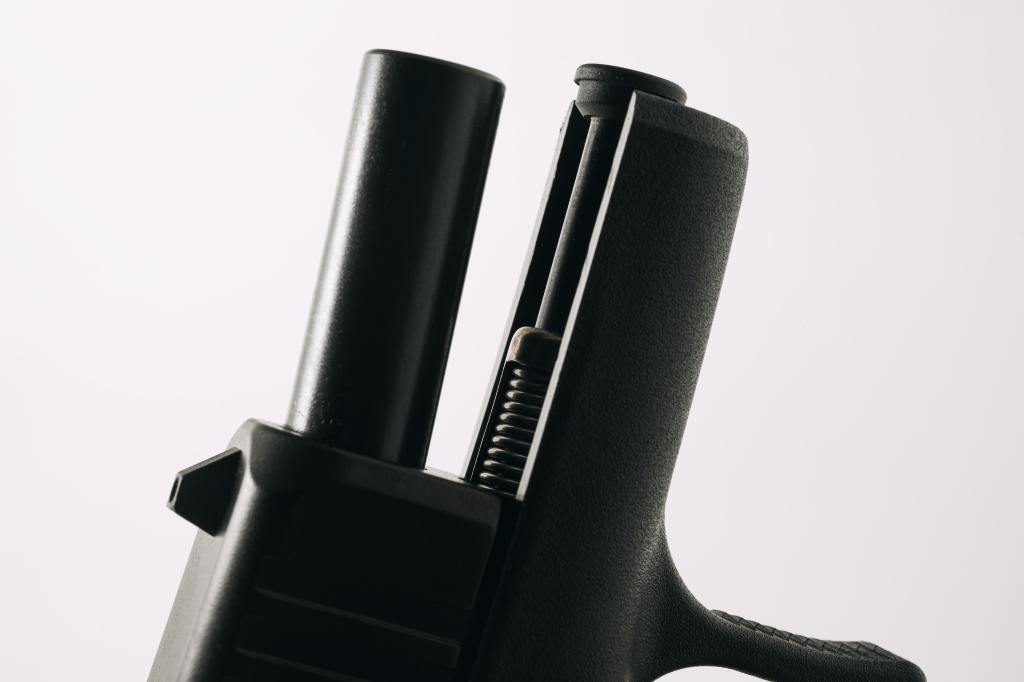
Firearms Classified by Action
Firearms can operate in a wide variety of ways. Below are some of the most common firearms classified by their type of action.
Pump-Action: Pump-action firearms have a sliding mechanism that is user-operated and extracts spent shells or cases, re-cocks the action or hammer, and loads a new shell. The user of this type of firearm must complete the pump sequence before each shot. This can include the shotgun and the rifle.
Semi Automatic: Semi automatic firearms are the most popular type of action. They work by harnessing the energy from a cartridge to extract a spent cartridge case, re-cock the firearm, and load new cartridges. Semi automatic weapons fire just one shot when the trigger is pressed. Semi automatic firearms are not the same as a machine gun, which is fully automatic.
Bolt-Action: With bolt-action firearms, the operator must cycle the bolt before each shot to extract a cartridge, cock the action, and load fresh cartridges.
Break-Action: With break-action firearms, there is a lever on the receiver which allows the barrel to tilt forward and away from the action. This exposes the chamber for manual reloading and unloading. A break-action can be loaded by dropping new shells or cartridges directly into the chamber and then closing the action.
Muzzle-Loading: Are firearms where the projectile and the propellant charge are loaded from the gun’s muzzle.
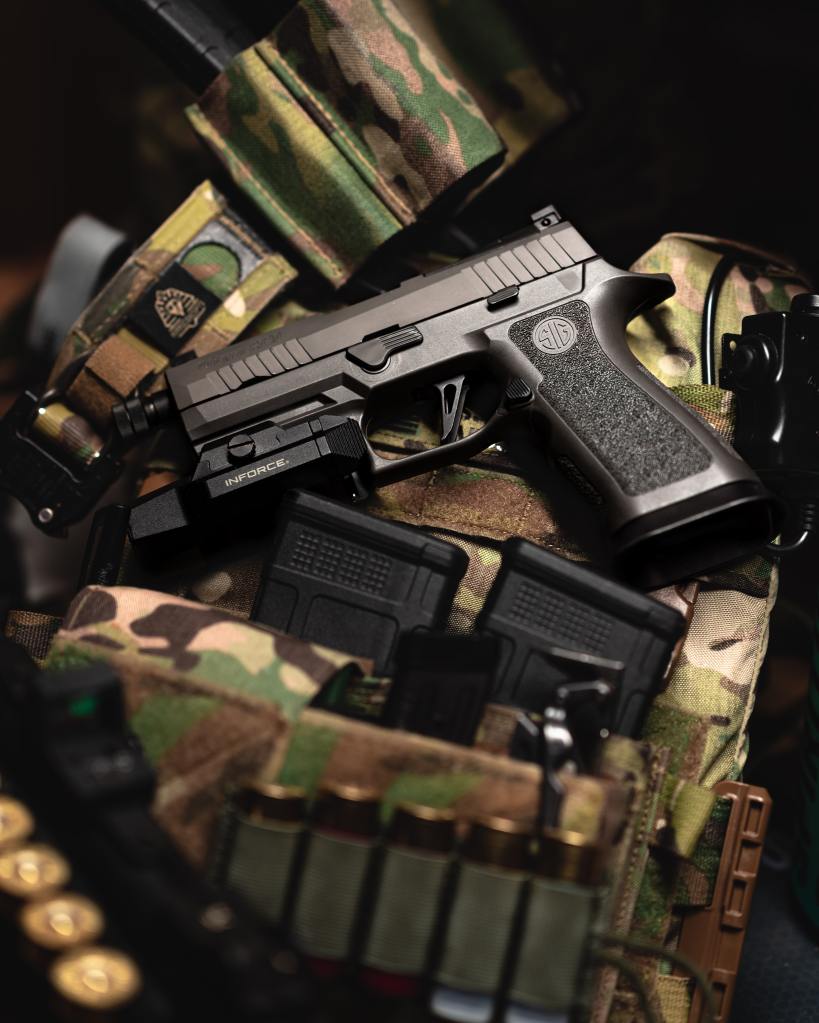
Why is it important to insure your firearms?
Having proper insurance for your firearms is a part of keeping them safe. Your homeowners insurance may not offer enough coverage for the market value of your weapons, especially if they are valuable or you have a collection of them. Insurance offers you peace of mind knowing that your collection is protected.
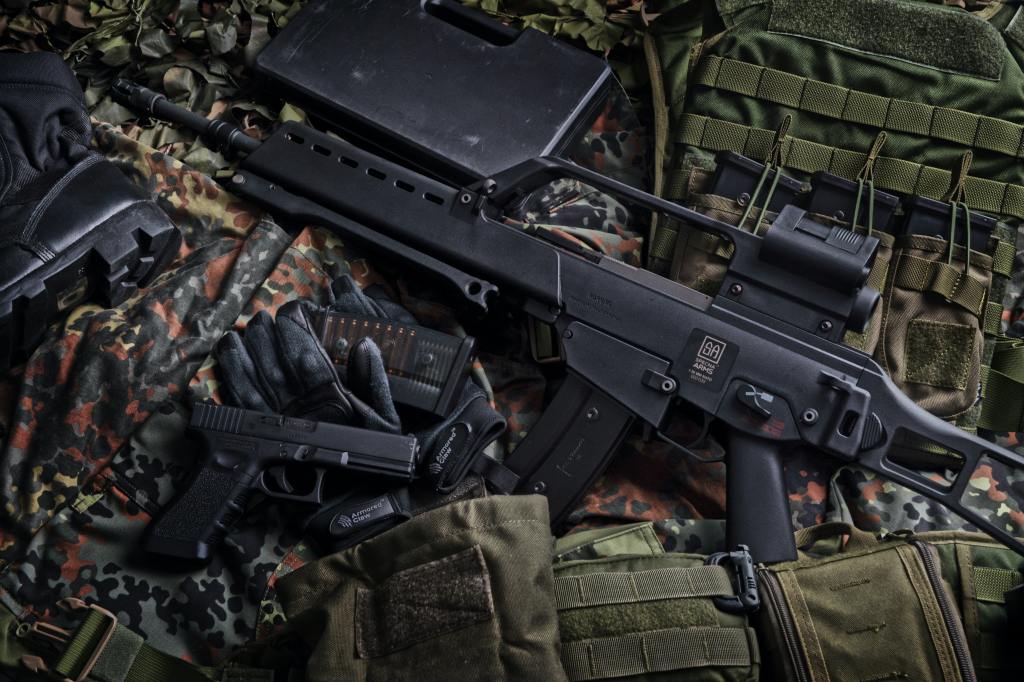
Sources
https://en.wikipedia.org/wiki/History_of_the_firearm
https://www.usconcealedcarry.com/blog/what-are-the-types-of-guns/amp/
https://www.unodc.org/e4j/zh/firearms/module-2/key-issues/common-firearms-types.html
https://tpwd.texas.gov/education/hunter-education/online-course/firearms-and-ammunition-1
